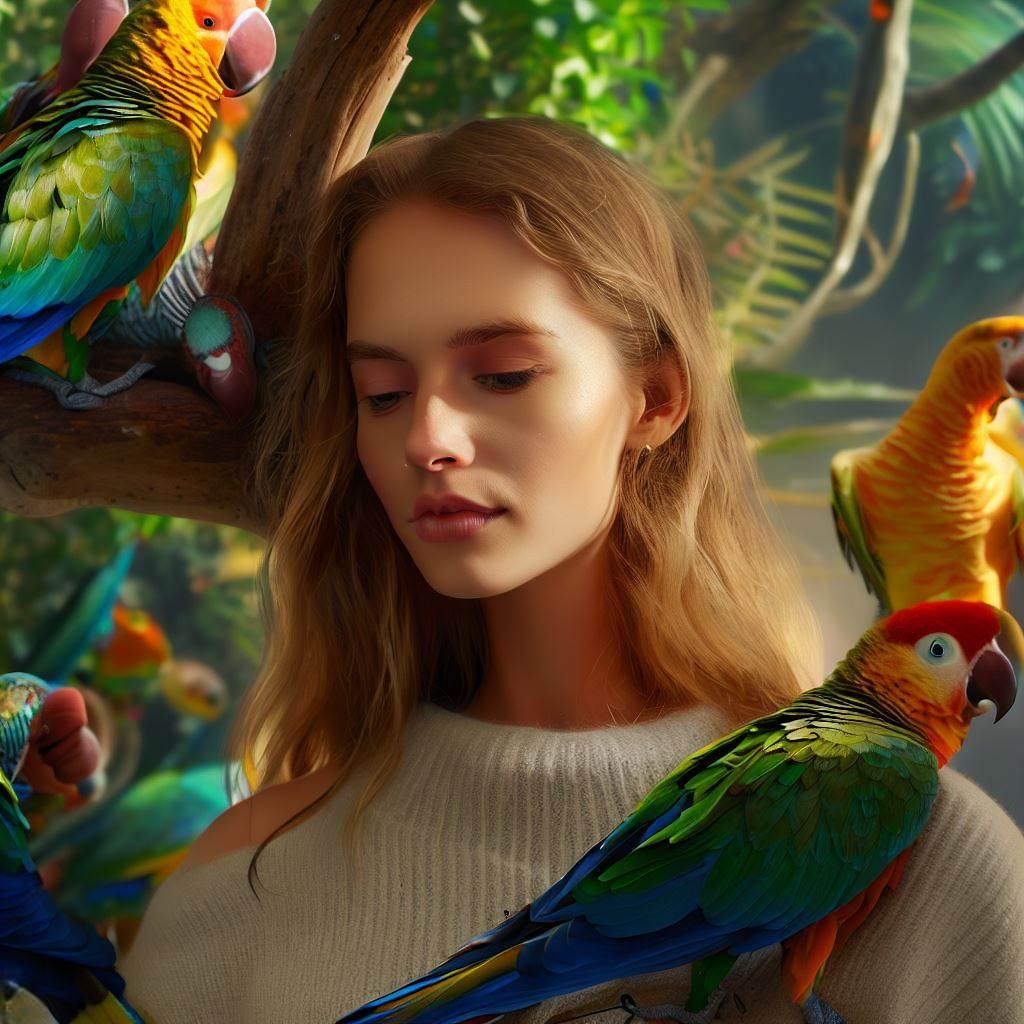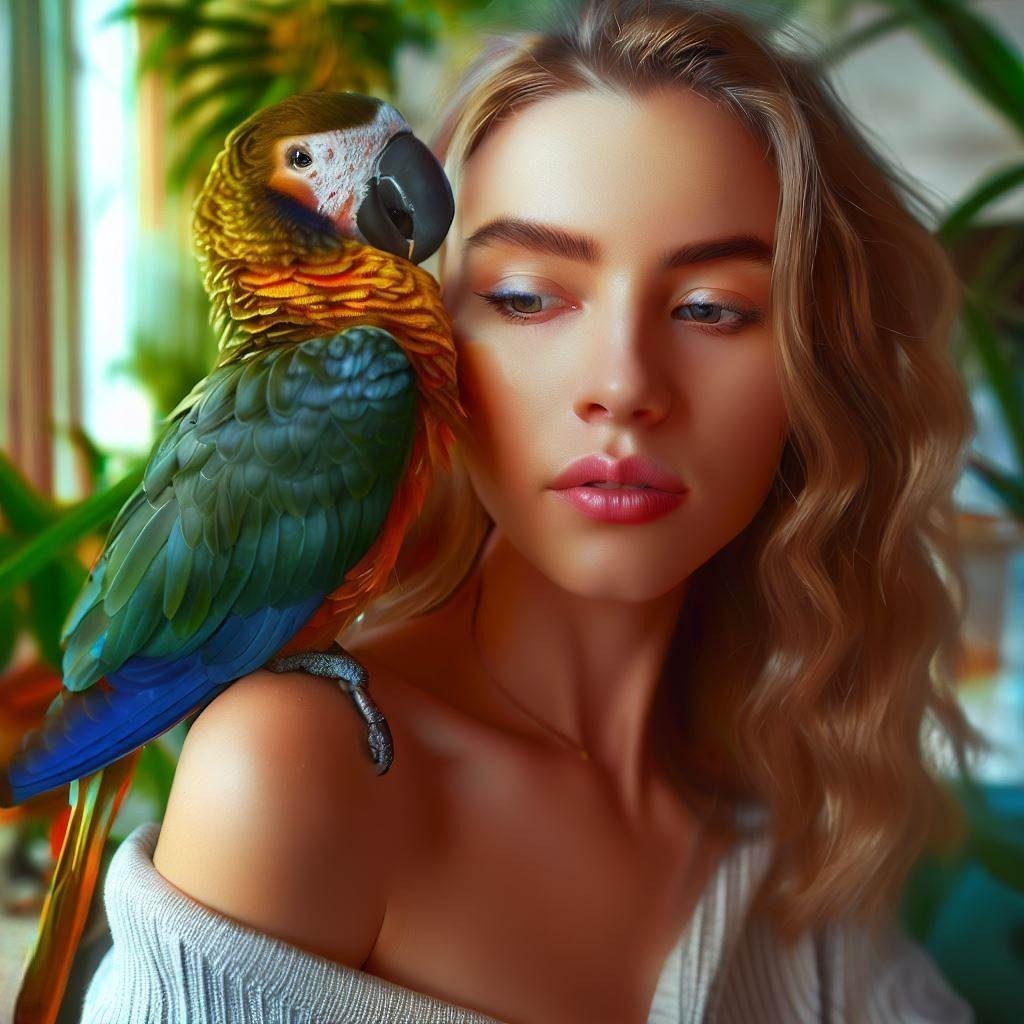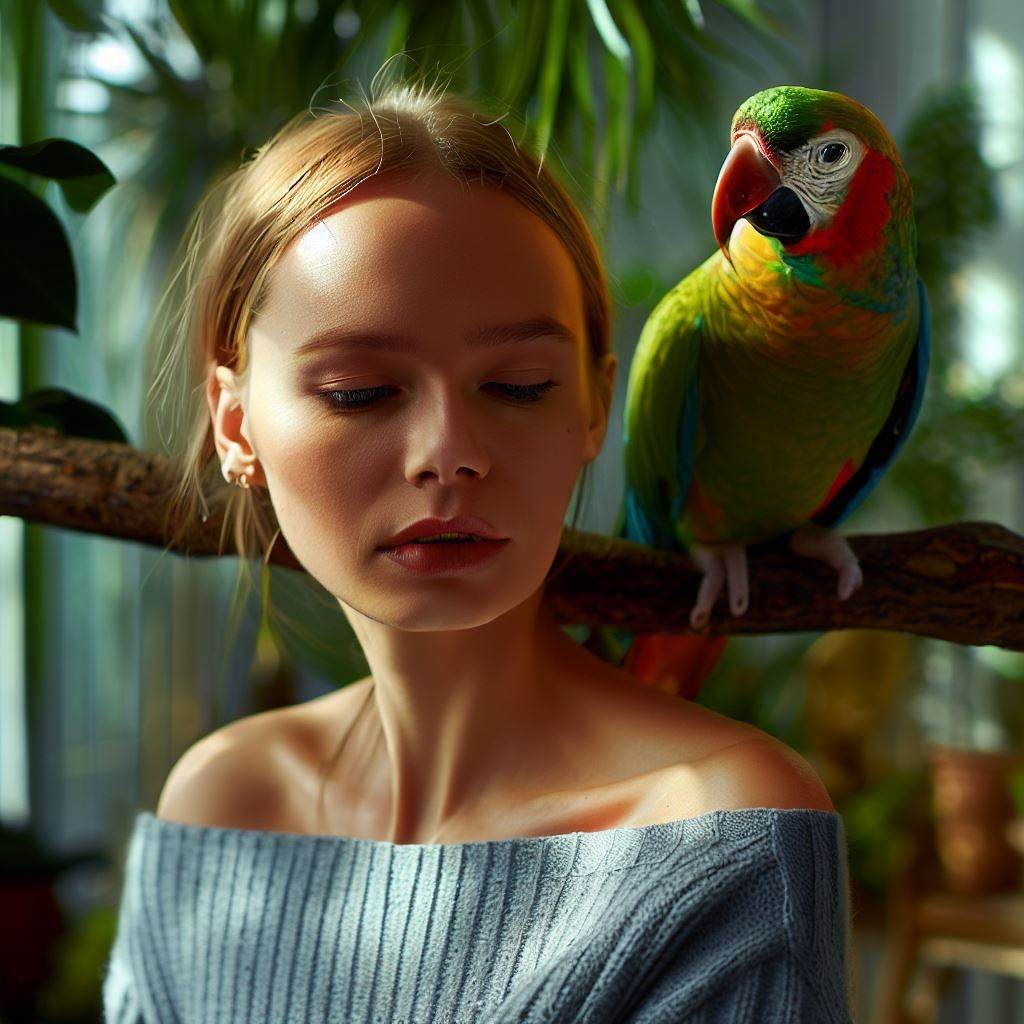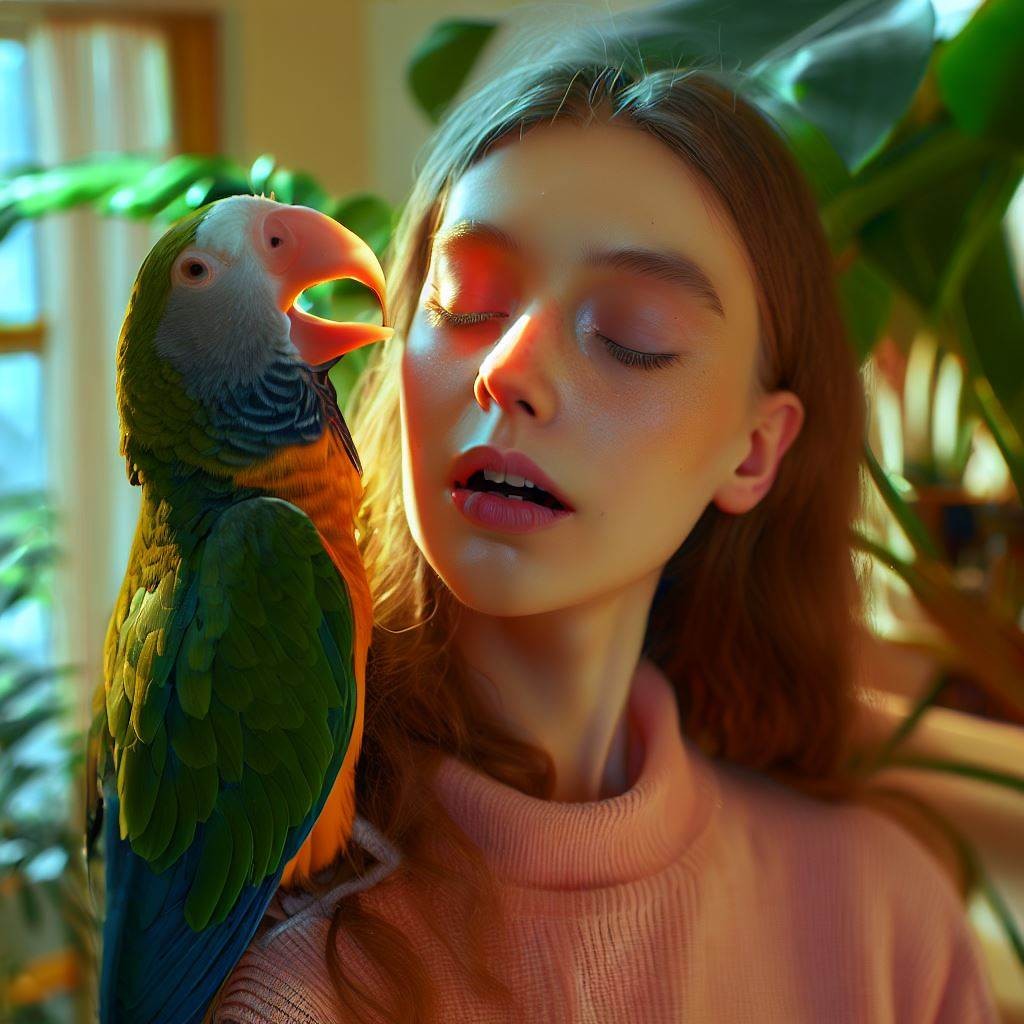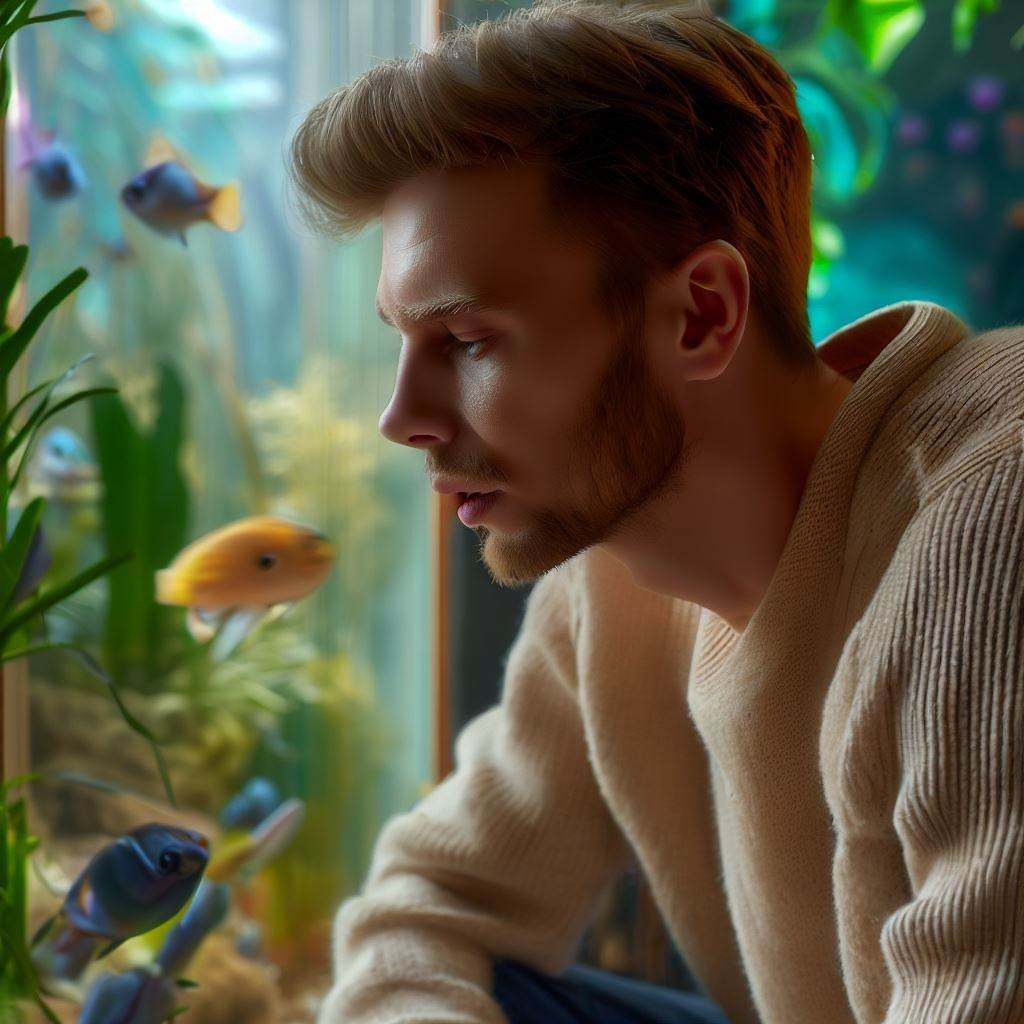Parrots, known for their vibrant plumage and impressive mimicry skills, are among the most popular pets worldwide. Yet, their allure goes far beyond their aesthetic appeal and their ability to replicate human speech. Inherently social creatures, parrots form complex relationships both with their own kind and with their human caregivers. This blog post delves into the fascinating social nature of parrots, exploring their social structures, the bonds they form with humans, and the emotional implications of these relationships.
Parrots, known for their vibrant plumage and impressive mimicry skills, are among the most popular pets worldwide. Yet, their allure goes far beyond their aesthetic appeal and their ability to replicate human speech. Inherently social creatures, parrots form complex relationships both with their own kind and with their human caregivers. This blog post delves into the fascinating social nature of parrots, exploring their social structures, the bonds they form with humans, and the emotional implications of these relationships.
Parrots are widely known for their vibrant colors and ability to mimic human speech. However, beneath these well-known characteristics lies a complex social structure that is often overlooked. In the wild, parrots live in large flocks, engaging in cooperative behaviors that play a crucial role in their survival and well-being. This post explores the intricate ‘flock mentality’ of parrots, their roles within the group, their communication methods, and the emotional implications of this social interaction.
Parrots are widely known for their vibrant colors and ability to mimic human speech. However, beneath these well-known characteristics lies a complex social structure that is often overlooked. In the wild, parrots live in large flocks, engaging in cooperative behaviors that play a crucial role in their survival and well-being. This post explores the intricate ‘flock mentality’ of parrots, their roles within the group, their communication methods, and the emotional implications of this social interaction.
Parrots are widely known for their vibrant colors and ability to mimic human speech. However, beneath these well-known characteristics lies a complex social structure that is often overlooked. In the wild, parrots live in large flocks, engaging in cooperative behaviors that play a crucial role in their survival and well-being. This post explores the intricate ‘flock mentality’ of parrots, their roles within the group, their communication methods, and the emotional implications of this social interaction.
Parrots, admired for their vibrant plumage and remarkable ability to mimic human speech, are complex social creatures with intricate group dynamics. Within a parrot flock, every bird has a role to play, contributing to the overall survival and well-being of the group. This blog post delves deeper into the roles within a parrot flock, the fluidity of these roles, and the social intelligence they demonstrate.
When we think of emotionally complex creatures, the humble fish rarely comes to mind. Often viewed as simple and devoid of emotion due to their quiet, seemingly passive nature, fish are typically overlooked in discussions of animal cognition and emotion. However, recent studies are challenging these misconceptions, painting a picture of a creature with a far richer emotional life than we’ve previously given them credit for. Fish, it seems, are not just passive observers of their underwater world, but active participants with their own emotional experiences.
When we think of emotionally complex creatures, the humble fish rarely comes to mind. Often viewed as simple and devoid of emotion due to their quiet, seemingly passive nature, fish are typically overlooked in discussions of animal cognition and emotion. However, recent studies are challenging these misconceptions, painting a picture of a creature with a far richer emotional life than we’ve previously given them credit for. Fish, it seems, are not just passive observers of their underwater world, but active participants with their own emotional experiences.
When we think of emotionally complex creatures, the humble fish rarely comes to mind. Often viewed as simple and devoid of emotion due to their quiet, seemingly passive nature, fish are typically overlooked in discussions of animal cognition and emotion. However, recent studies are challenging these misconceptions, painting a picture of a creature with a far richer emotional life than we’ve previously given them credit for. Fish, it seems, are not just passive observers of their underwater world, but active participants with their own emotional experiences.
When we think of emotionally complex creatures, the humble fish rarely comes to mind. Often viewed as simple and devoid of emotion due to their quiet, seemingly passive nature, fish are typically overlooked in discussions of animal cognition and emotion. However, recent studies are challenging these misconceptions, painting a picture of a creature with a far richer emotional life than we’ve previously given them credit for. Fish, it seems, are not just passive observers of their underwater world, but active participants with their own emotional experiences.


